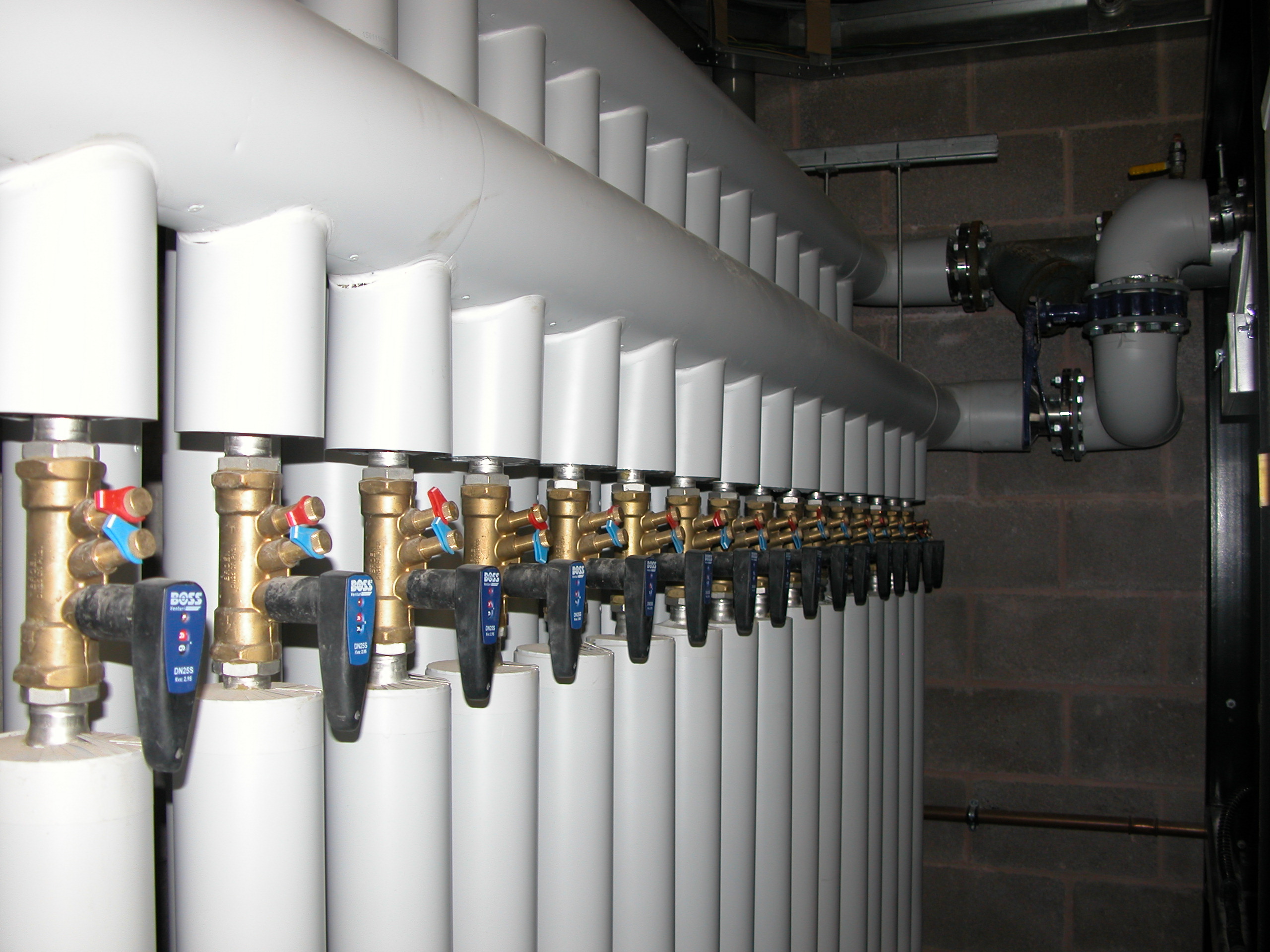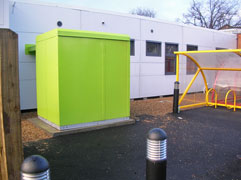Unparalleled Performance Efficiency
In response to an article on ground source heat pump installation issues in the August 2014 edition of the CIBSE Journal "What lies beneath?", Andy Ford, Professor of Systems Engineering in the Built Environment, London South Bank University, says that ground source energy can deliver unparalleled performance efficiency when well installed.
See the link to the digital edition of the article in the September issue of the CIBSE Journal:
What does lie beneath the ground?
Alternatively, the text is reproduced here:
What Does Lie Beneath the Ground?
by Andy Ford

The article by David Frise – “What Lies Beneath” – in August's CIBSE Journal declared 'that a huge number of ground source heat pumps are failing to meet their performance targets'. The author goes on to state that 'a reduction of one third of a system’s capacity is not uncommon as a result of transmission losses, as heat leaks away from poorly insulated pipework' and a caption states that 'GSHPs need long pipe runs that must be well insulated'. In fact the long pipe runs used by GSHPs are never insulated – because their purpose is to absorb heat from the ground.
The article suggests that air source heat pumps (ASHPs) should be considered instead, because they 'deliver the heating load at the point of use, without the risk of transmission losses'. The reality is that a GSHP delivers heat at the point of use – inside the building which needs heat. An ASHP needs to be located outside the building – in order to heat exchange with ambient air. The key reason that a well-designed GSHP has a higher coefficient of performance than an ASHP on a cold night is that it has access to a higher temperature from the ground than an ASHP does from the cold night air.
It is also very significant that a GSHP has a much higher coefficient of performance for cooling than an air source chiller, because it can heat exchange with cold ground in summer instead of having to heat exchange with hot air.
David Frise makes the valid point that district heating circuits can lose one-third of their capacity as a result of heat leaking from badly insulated pipework. This would be true of a district heating circuit based on combined heat and power (CHP) running high temperatures through pipes in cold ground. However, this simply does not apply to a low temperature ground source circuit: a heat pump will be placed inside each building close to where the heating load is needed – and it will heat exchange with the low temperature heating loop which draws heat from the ground it passes through.

David Firse is right to point out that a ground source installation needs to be designed by someone with a good understanding of the heat flows involved. The key is to understand that the most efficient systems are those which are designed to provide heating in winter and cooling in summer, by balancing the desired temperature in the building, over the seasons, with the thermal mass of the ground that the building stands on.
This is radically more efficient than burning fossil fuels in winter to generate heat, and then employing expensive chillers in the summer to throw heat away. Joined up heating points to heat recycling and exploiting the thermal energy capacity of the ground to store excess summer heat in the ground until it is needed to heat buildings in the following winter.
Exploiting the ground in this way as a thermal bank also means that the volume of ground to be addressed with ground loops can be decreased – as can the expense of the installation. Recycling of heat between summer and winter also improves the coefficient of performance of heating in winter and also the coefficient of performance of cooling in summer: joined-up heating.
David Firse is right to call for intelligent integration and control of heating and cooling. The way to achieve this is by constructing an accurate thermal model of the building at the design stage and ensuring that a thermal balance is achieved year by year. You can then design a single system to provide both heating and cooling. That would be a very hard job if you choose to overlook the dynamic capacity of the ground to store heat until you need it again.
It is correct to say that a ground source system needs to be well designed and well installed to be effective. However, this can also be said of any other heating or cooling system.
If you plan to have a heat pump installed you need to make sure that the installers have the experience to design, install and maintain an efficient installation.
In order to be confident of achieving the benefits that flow from a well-designed ground source system you need to be sure that you employ someone with the requisite design and installation experience. You should also employ him to fine tune the installation after installation as the control system is all important, especially if the heating and cooling loads of the building turn out to be different from those specified at the design stage.
Planning a “soft landing” is an important aspect of good design and needs to be verified over the first two heating seasons.
A ground source installation will never be the cheapest to install, but may often be the optimum solution for the owner occupier over the (very long) life cycle of a ground source heating system – even before receiving the dramatically increased rates for Renewable Heat Incentive for ground source heat pumps.
ICAX projects using Seasonal Thermal Energy Storage systems:
Howe Dell School
| Suffolk One College
| Merton Community Centre
Tesco Supermarket
| Wellington Civic Centre
See Ground Source Heating See Ground Source Cooling See Ground Source Energy



